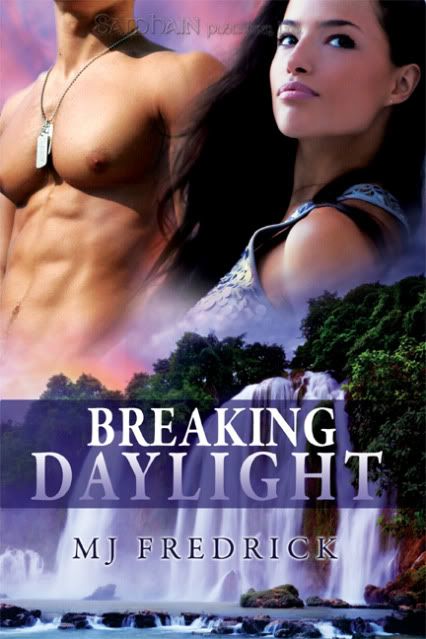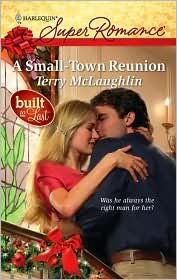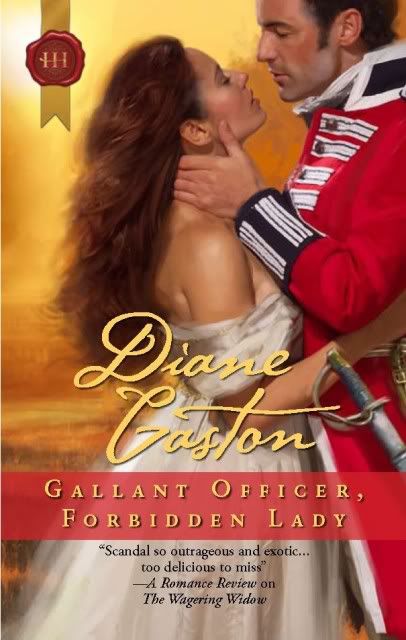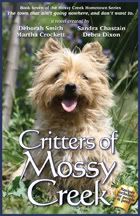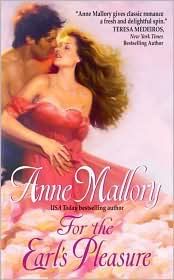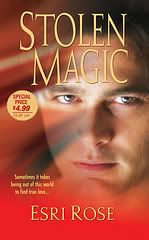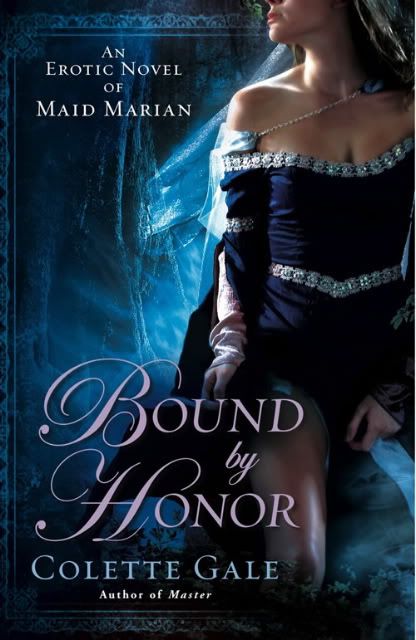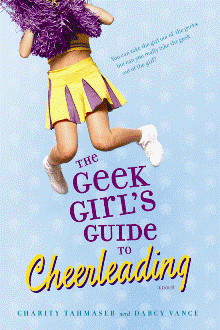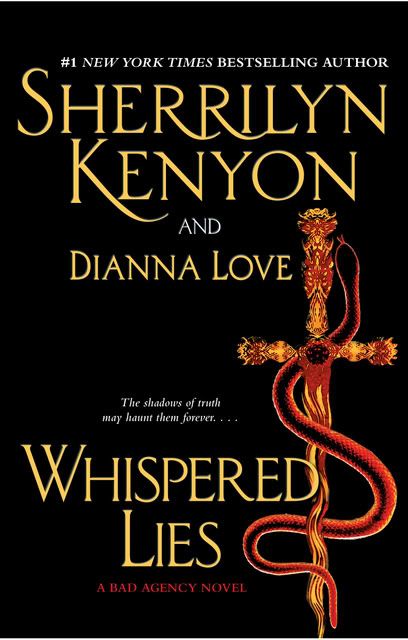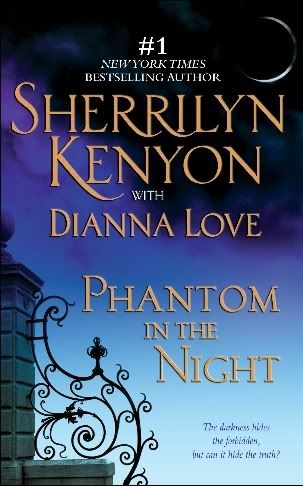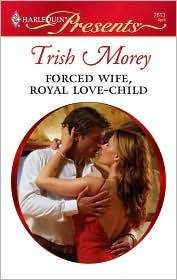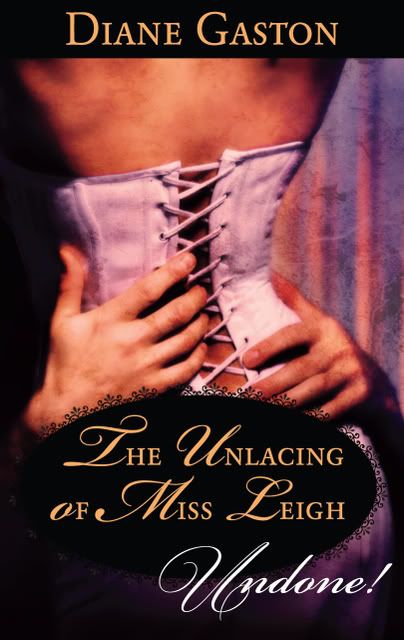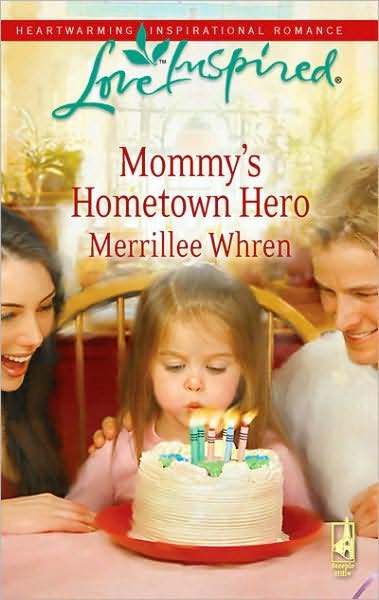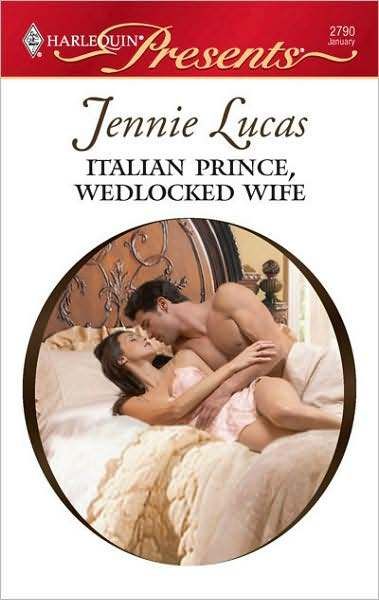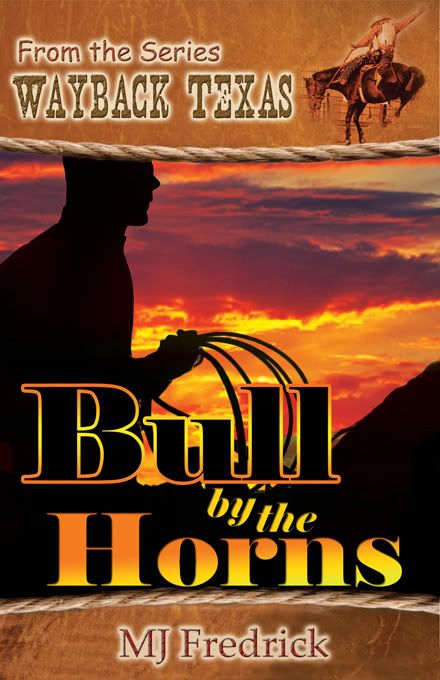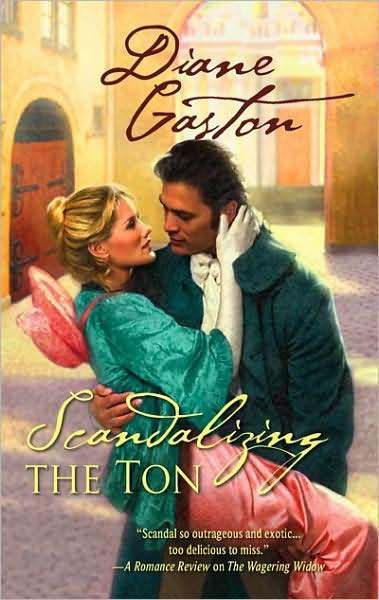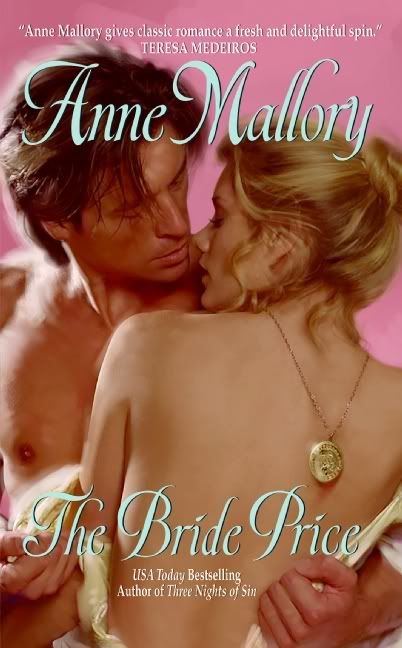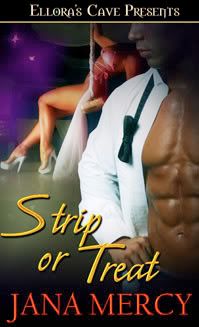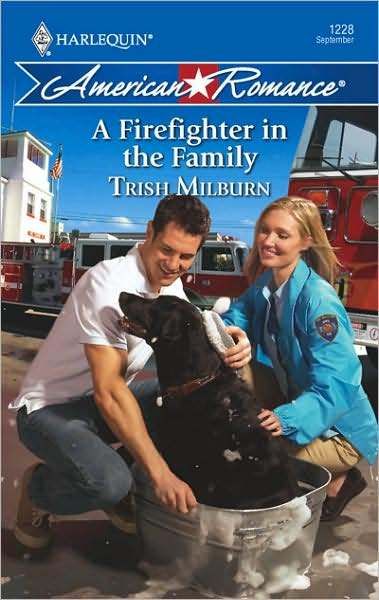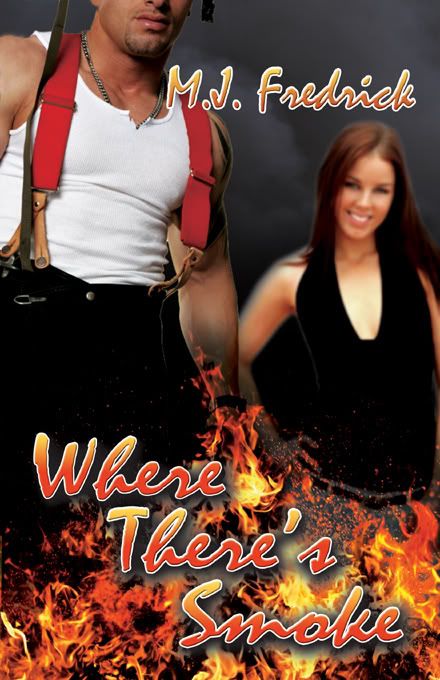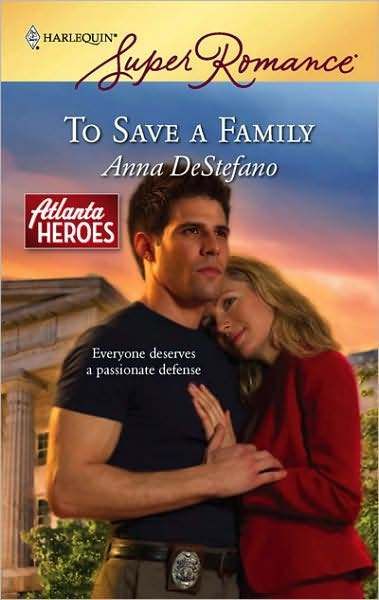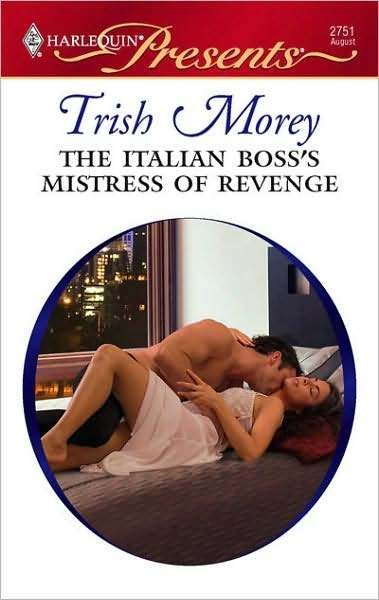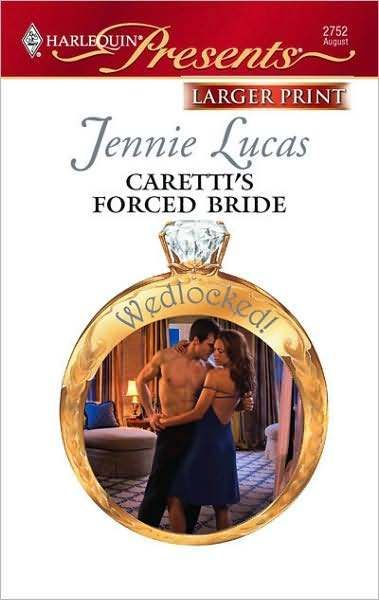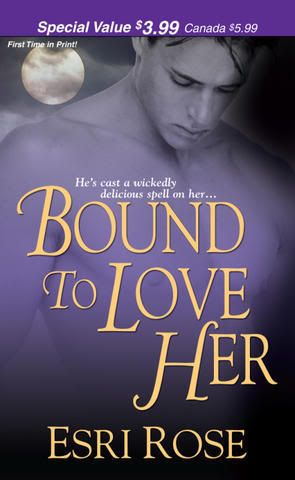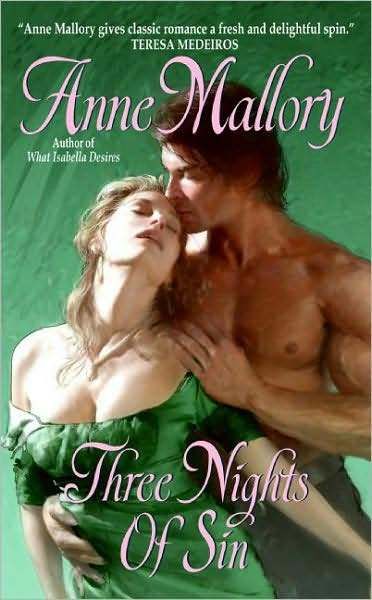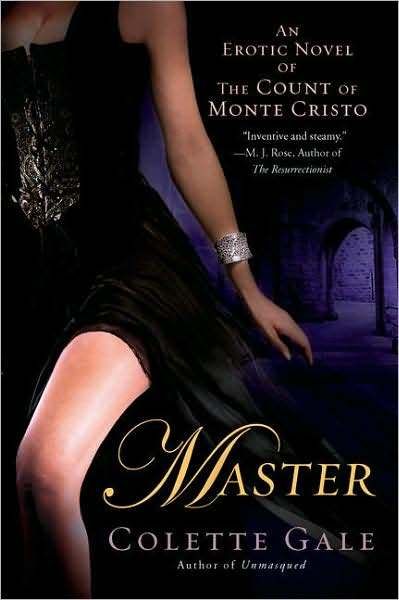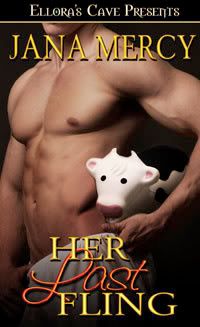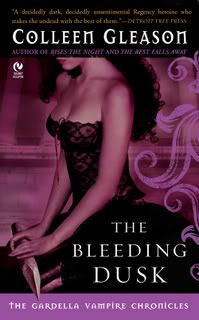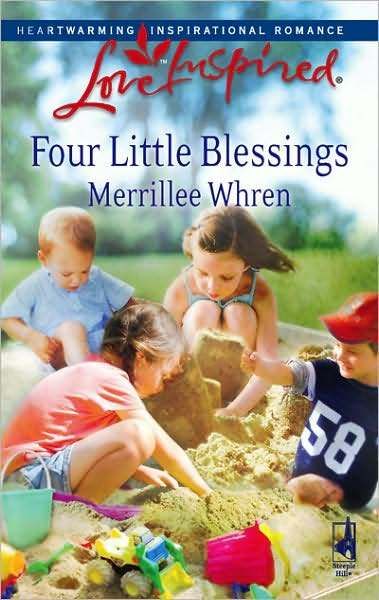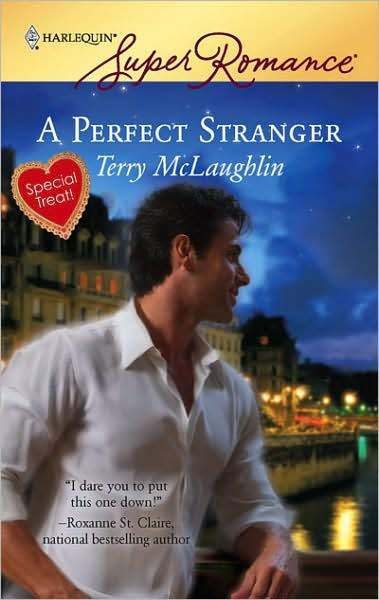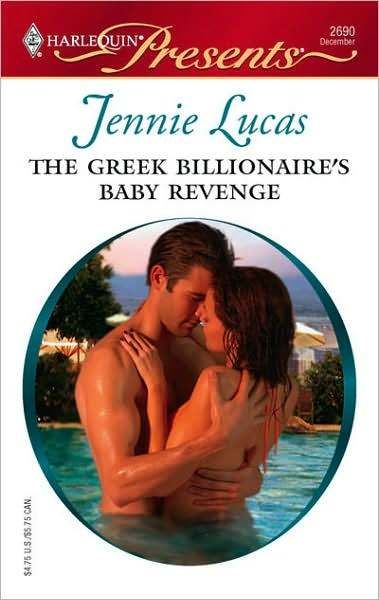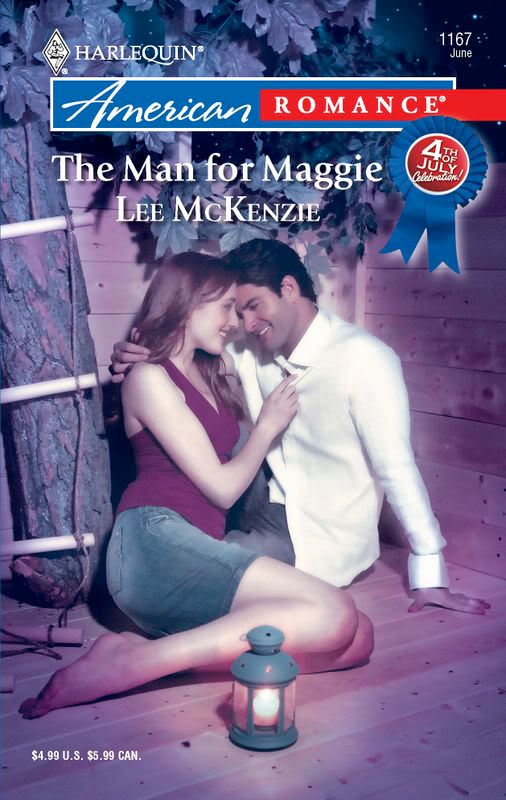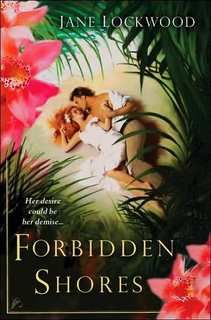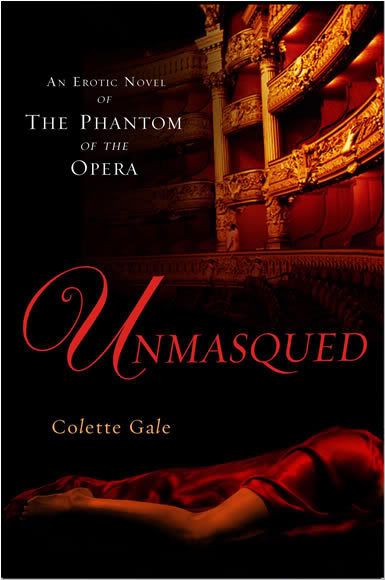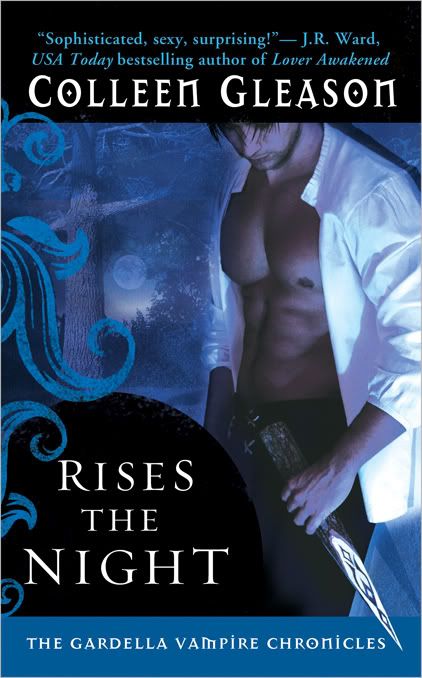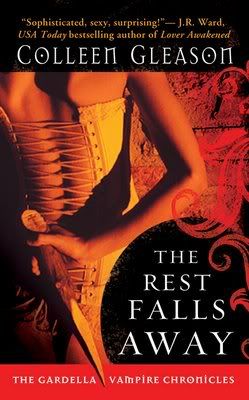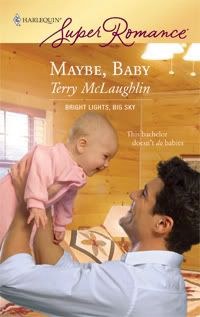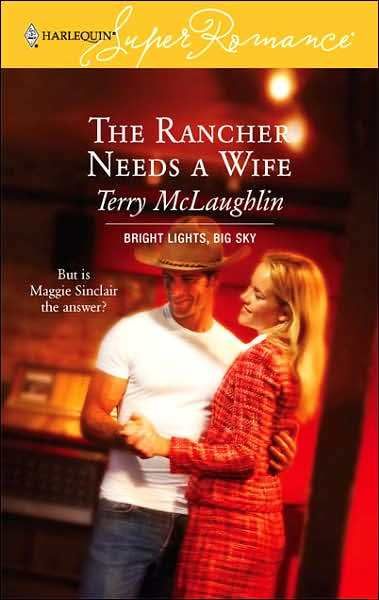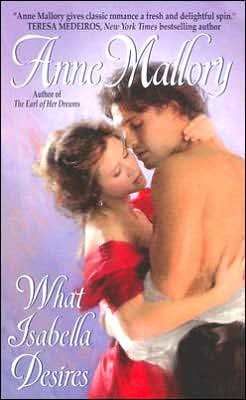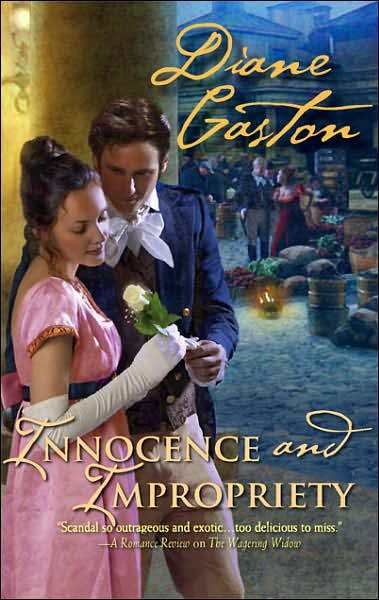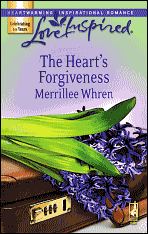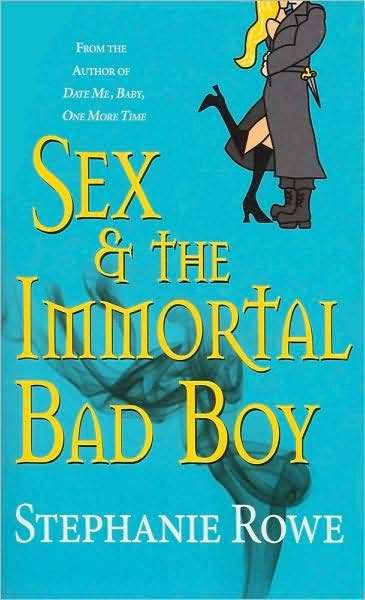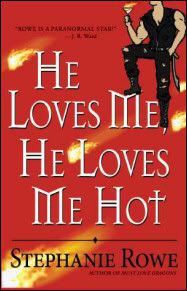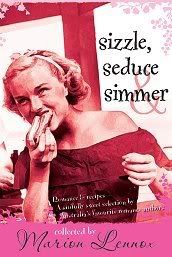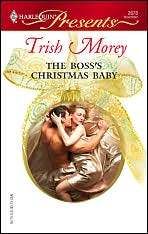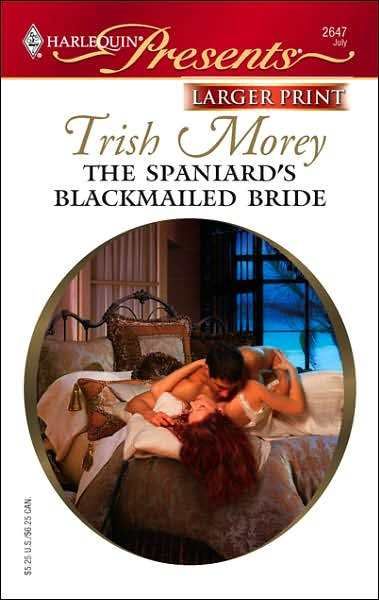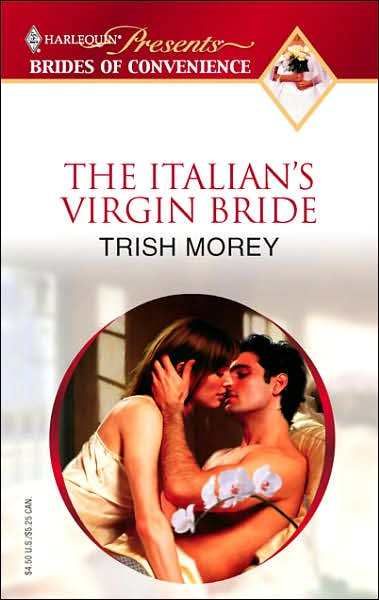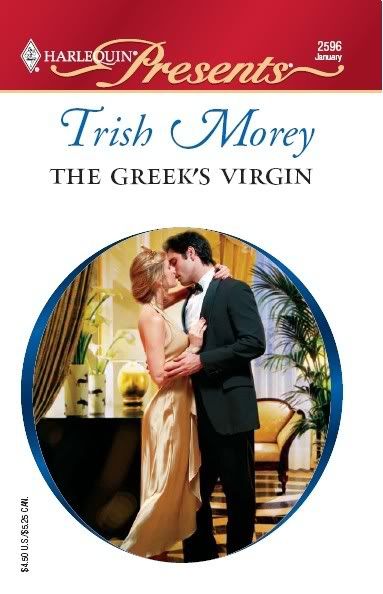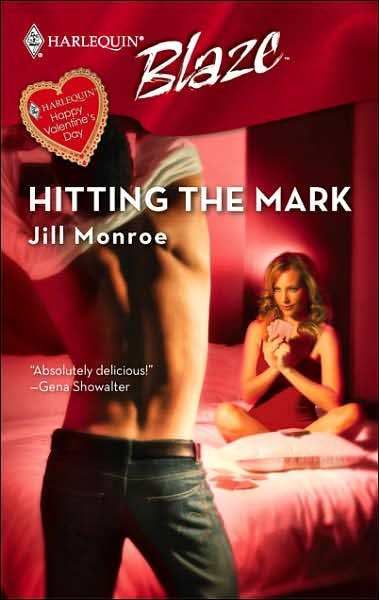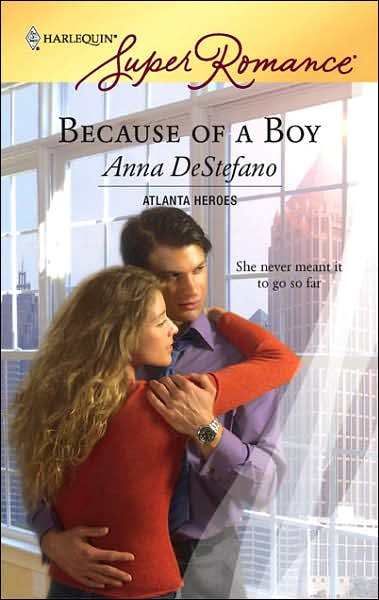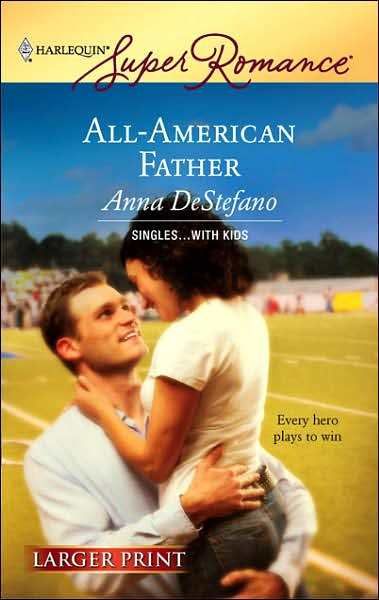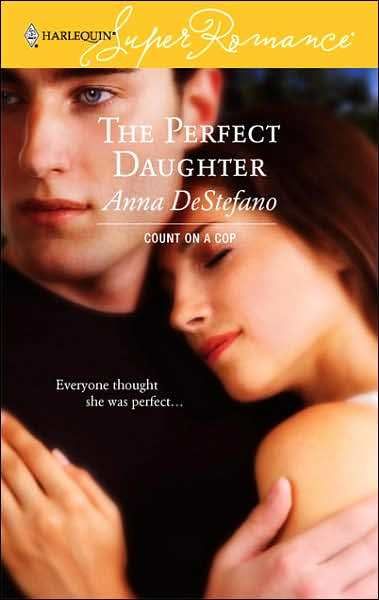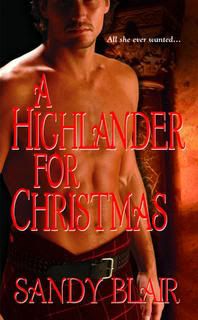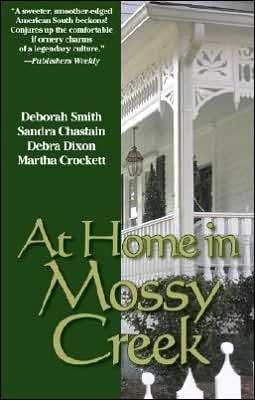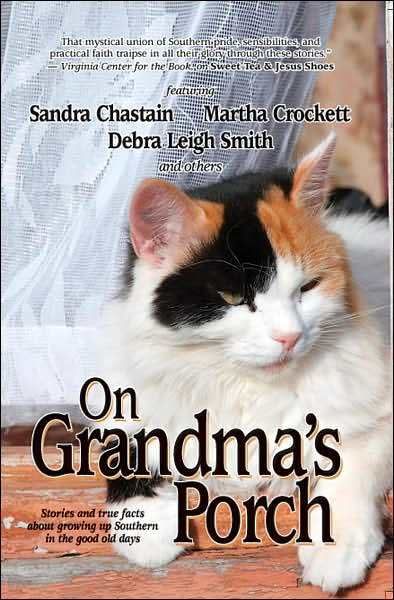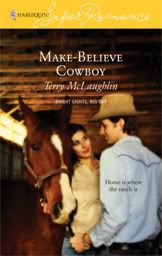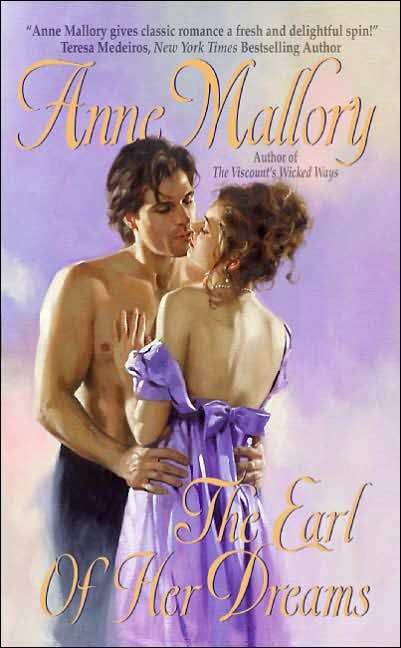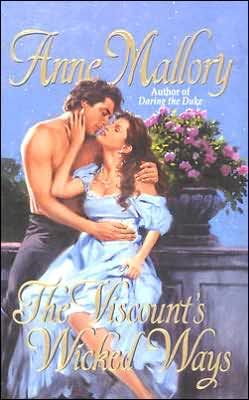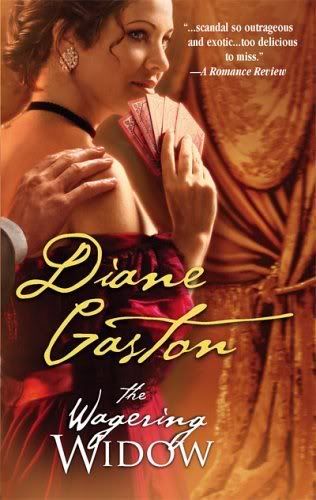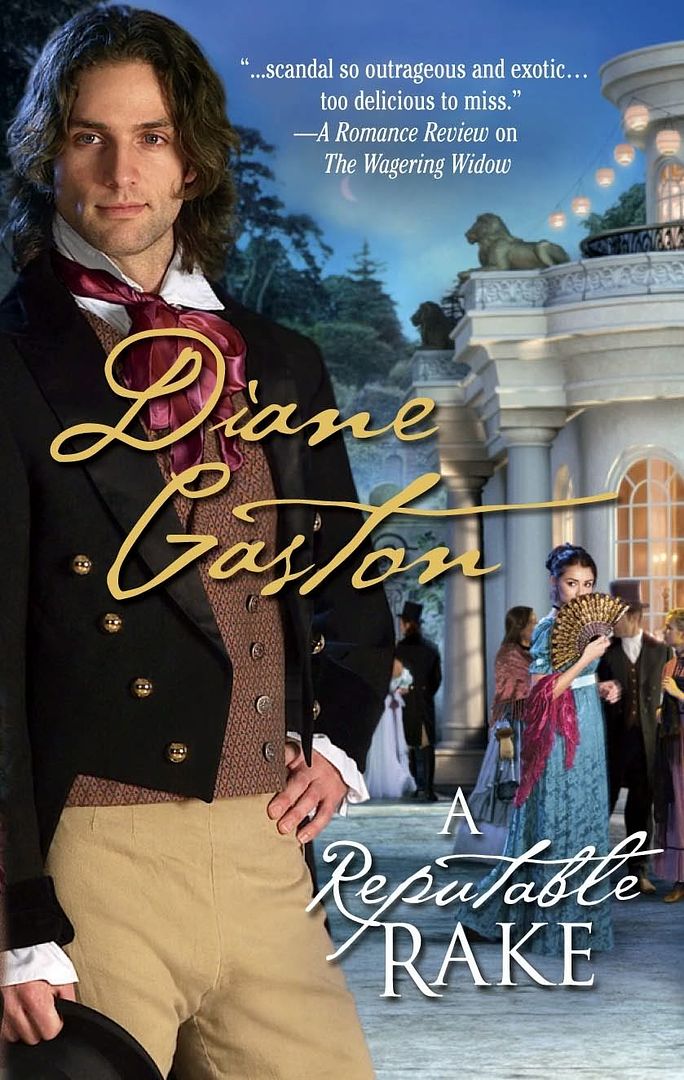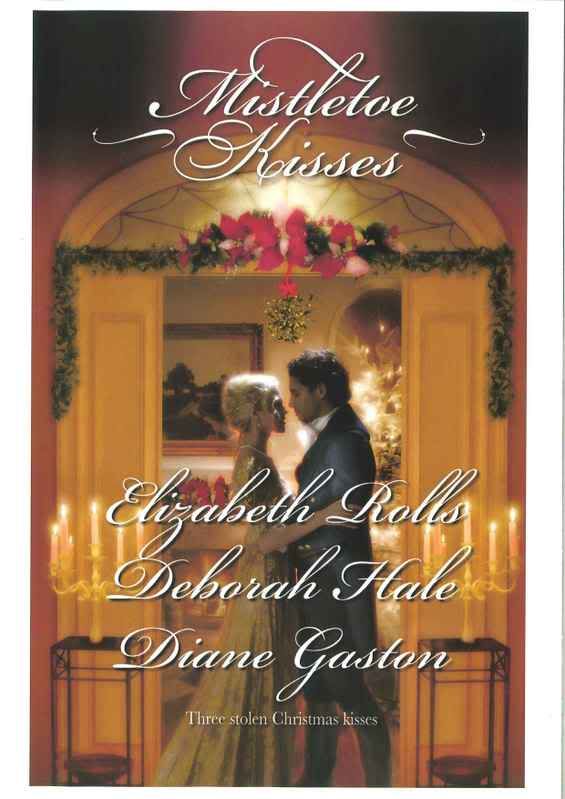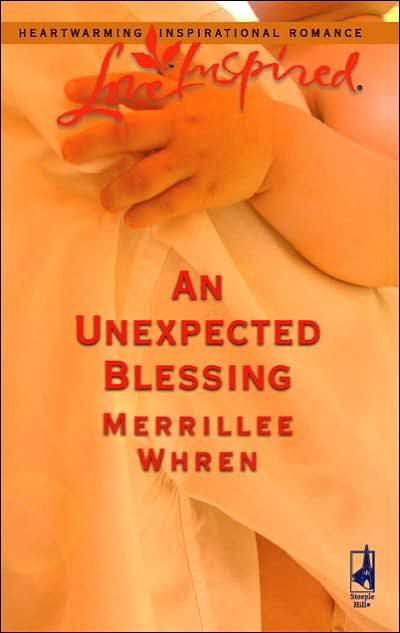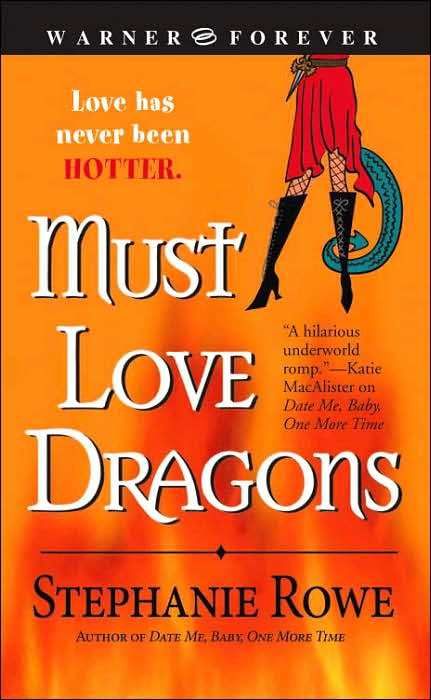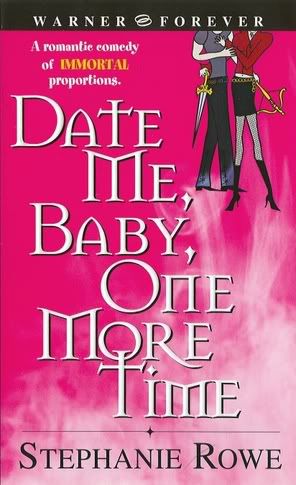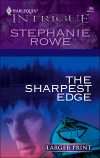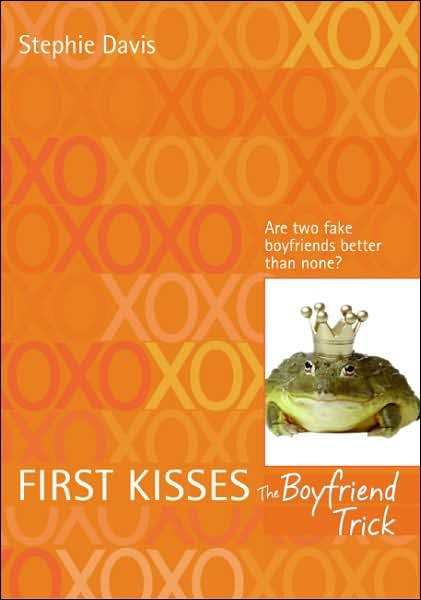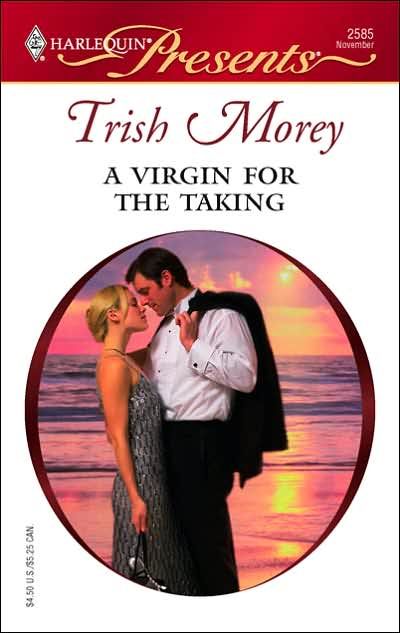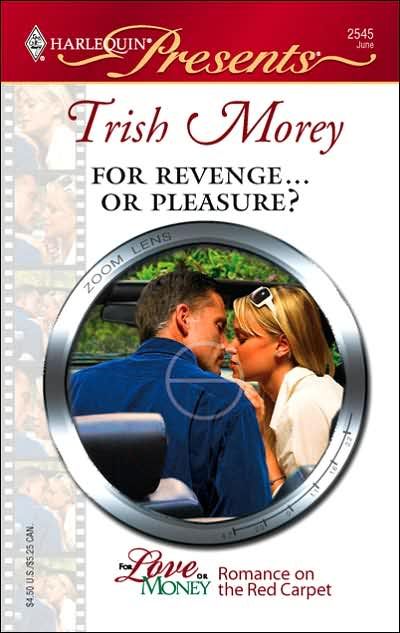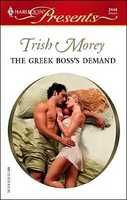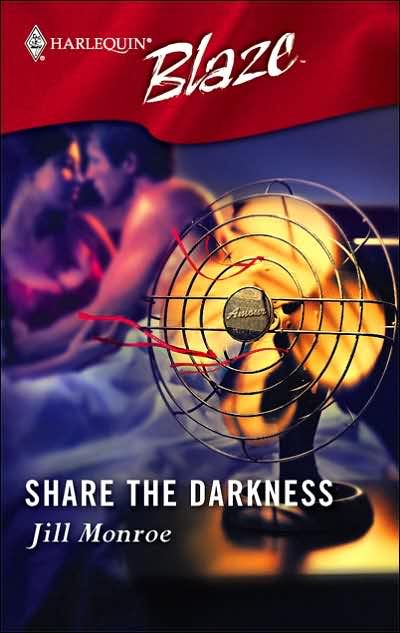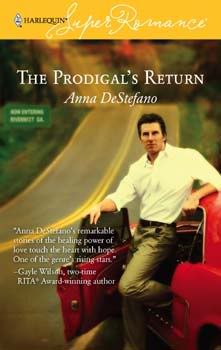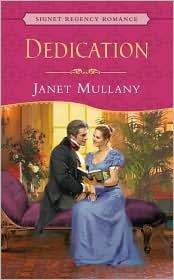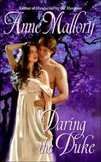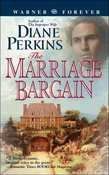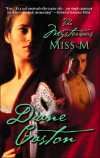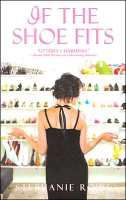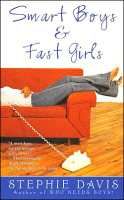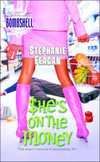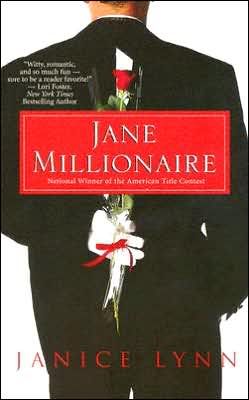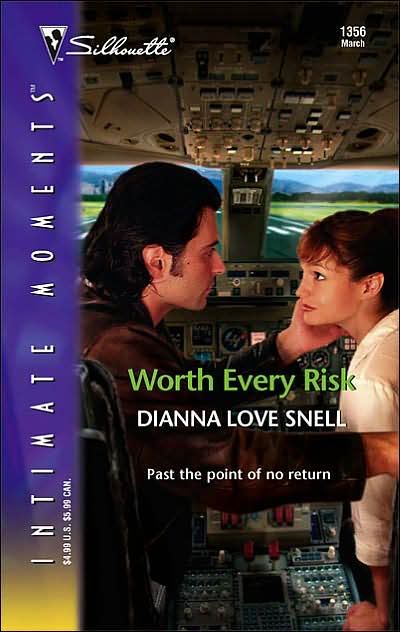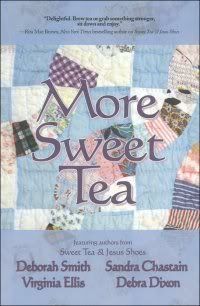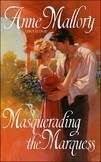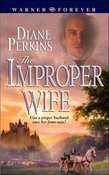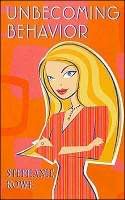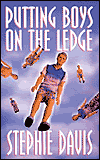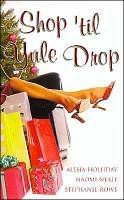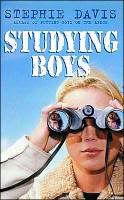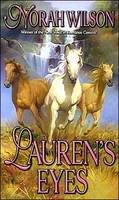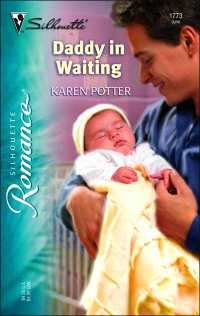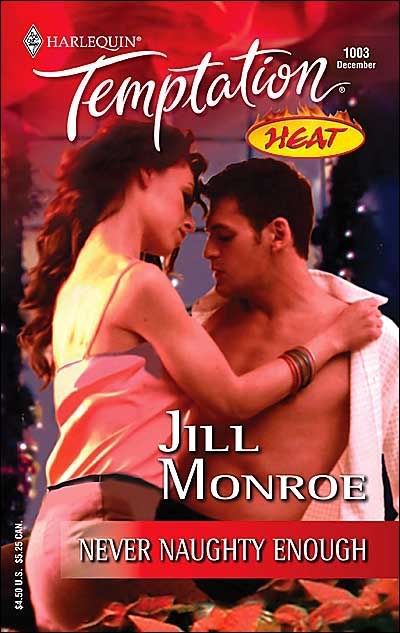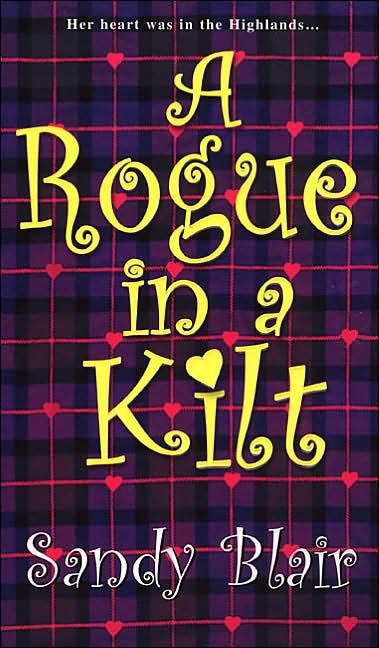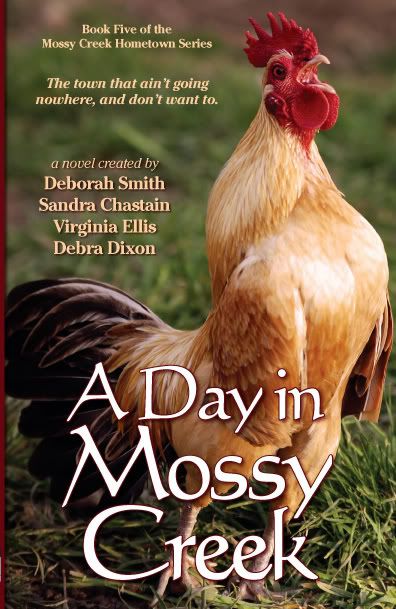Goodbye to February! Q and A

Goodbye to February and to the first Wet Noodle Posse Character month. Today is Q and A day, the day you can ask those left over nagging questions about Character.
So what questions do you have?
Which character poses the biggest problem for you (For me it is the villain) and what problem do you have with that character (mine can get too "Snidely Whiplash")?
Are you struggling with a character's backstory? With their GMC (Debra Dixon's Goal, Motivation, Conflict)? Was there anything in Character Month you wished we had covered and didn't?
Ask away!!!
A big thank you to everyone who participated in Character Month, our Wet Noodle Posse bloggers, those of you who commented and those who just "stopped by." Those who commented have been entered in our prize drawing.

Today's prize is
Jill Monroe's Blaze,
Hitting the MarkAnd the winner is:
Gillian Layne
Whoo hoo, gillian! Just send your contact information to me at
diane@dianegaston.com and I'll pass it on to Jill.
By the way, Jill's February release,
Primal Instincts, is on sale now!
The Wet Noodle Posse has more in store for you. March is Plotting Month and you won't want to miss it.
Now.....on with your questions
Labels: Character, Jill Monroe, Q and A
Minor Characters--the Fred and Ethels in your Story
Can you imagine Lucy and Ricky Ricardo without Fred and Ethel
Mertz? In every story you need your Fred and
Ethels—someone for your hero and heroine to interact with. Nobody can live in a vacuum for long, even fictional characters. They need advocates and opponents that help
define who they are.
Think about your characters' flaws and strengths. Then think about the story question you have set up in the opening. In my story, WALTZING WITH ALLIGATORS, a small town Alabama girl finds out she's the kidnapped daughter of a New England financier and has just inherited an enormous fortune. She's grown up without means and has been looked down on all her life by the wealthy
members of her community. The inciting incident throws her into a moral quandary. The story question is: Will Gracie accept her inheritance? My job in my story is to setup situations and find secondary characters who will force Gracie to examine and change her attitude about her unexpected windfall.
Have you chosen secondary characters for your story who will force your main characters to grow and change enough during the course of the story so they will deserve their
HEA at the end of the story? Look for allies, mentors, and enemies who will complement as well as oppose your hero and heroine's personality traits.
Mentors will force the hero and heroine to look within themselves and acknowledge their flaws and failings, then challenge them to overcome their weaknesses. The enemies will strike at those weaknesses and try to bring your hero and heroine to their knees. Their attacks will cause your hero and heroines to find the inner strength he or she needs to triumph and grow. The allies are the hero and heroine's support group—the best friends—someone to keep them on a steady course when the going gets rough.
The very nature of a hero or heroine makes them prone to perfection in our minds, while our secondary characters are often handicapped with interesting flaws and quirks that add color and humor to the story. Janet
Evanovich's character from the Stephanie Plum series, Grandma
Mazur, is one such character. If the story gets too dark, she's there to lighten it up. One of my favorite uses for minor characters is to add humor when the hero and heroine begin to take things too seriously.
Just one caution about these interesting sidekicks: If you're like me, you might fall a little too much in love with your secondary characters. You may have to watch that they don't steal the spotlight from your hero or heroine and run away with your story. For me, the risk is worth the gain. Give them jobs and make them work for their glory. They won't disappoint you. Secondary characters are the way of the Force.
Happy Writing!
Bad on Paper -- Writing Good Villains, by Esri Rose

I can’t count the number of times I’ve been reading a book, enjoying it reasonably well, when all of a sudden the villain enters and the story takes off with a jet-engine roar. Villains give the protagonist a clear obstacle and the readers something to root against, whether it’s a murderous loon or the corporate soul-grinding of Bill Lumbergh in Office Space. (“Riiiiight…”)
Of course, one of the scariest villains is the implacable psychopath. We don’t know what drives him. We can’t hope to reason with him or predict his behavior. But I think that for the seriously unbalanced villain to work well, he has to be the main focus of the book; always behind the door or on the other side of the page. I’m going to focus on the non-horror-genre villains in plots that don’t involve power tools.
An interesting villain avoids the following: clichéd dialogue, no clear motivation for his/her actions, and a character so unrelievedly black, it’s the shade of cartoonist’s ink. A villain can be funny, sympathetic, even sexy. So what makes him bad? The answer is absolute selfishness. A true villain does not put anyone before his own desires -- not his mother, or the fluffy dog, or the curly-haired child. You can reason, you can plead, but a villain acts solely in his own interest. The worst villains know they should take others into account, but (sigh), it’s just not handy. The rest of us depend on the fact that most folks have altruistic tendencies – it’s an evolutionary benefit for a social species. Take that trait away and the villain is as alien as something with tentacles and six eyes.
What has cut the villain loose from the rest of humanity? It should be something the reader can comprehend, maybe even relate to. Almost as scary as meeting a villain is wondering if we could become one. Lack of love during childhood, abuse, fanatical beliefs, brainwashing, and willful ignorance are all great fodder. I find the latter particularly terrifying. If you could just explain things, you might be able to stop the bad thing from happening... Bang, you’re dead. Either the villain knew his ignorance served his purposes, or your explanation was going to cut into his favorite show.
Your villain’s motivation and goal are as important as those of your protagonists. I have to confess that I don’t find revenge a powerful motivation, in and of itself. “You messed with my father, so now I’ll mess with you.” Meh…it’s too abstract. It’s not easy to kick over the traces and be bad; you run a lot of risks. Now, if the revenge is an excuse for concrete benefits – the will is changed to enrich the villain, the dead hero’s wife can now be had – then I’m on board. Only a real slimeball justifies selfish behavior by saying the victims deserved what they got. That’s what you’re shooting for – slime. And remember, a determined villain is a scary thing. Don’t make his badness a kind of hobby. Your villain should risk terrible retribution. If the stakes aren’t serious, your reader won’t take him seriously.
Once you’ve developed the motivation of your villain, it’s time to jerk your reader around a little. We fear people who are absolutely selfish. We also fear not being able to tell who those people are. Make your protagonist question her judgment. “Is he as bad as people say? I find him kind of charming.” When the mask slips, the truth will be that much worse. It’s the creepy feeling you get while watching the neighbor scratch his head and say, “He seemed like such a nice guy.” The killer’s mom tearfully insisting, “My son would never do that.” This is also the reason traitors are so loathsome. They once believed what we believed – validated our life choices. Now they’re willing to betray us for something we can’t even comprehend. And we were fooled? Traitors make your protagonists powerfully angry – at themselves.
Finally, dialogue is key to keeping your villains real. Effective villains believe they are the good guys, and they do their best to come across that way -- otherwise, they’d have trouble doing what they do and not getting caught. If they can woo people to their point of view by sowing doubt or getting sympathy, they will. Here are three dialogue snippets from Fellseth, my villain in Bound to Love Her.
1: “Elves don’t just wither up like the Wicked Witch of the East, you know. When your people broke ground for luxury homes on my land, I knew it was going to be a long, drawn-out death.”
2: “The irony is, all the elves in existence could survive just fine off dark energy. It’s going to happen anyway. Humans can’t be denied. You could think of dark elves as a kind of evolutionary offshoot. In the end, we’ll be the only ones left.”
Sounds reasonable, even persuasive -- right up until he shows his true colors.
3: “One more outburst like that, and I’ll shoot her ear off as a friendly warning.”
One last word about villains. If you make them both selfish and sympathetic, the reader will feel conflicted about their necessary destruction. Your narrative tension will shoot through the roof, and everyone wins – except the bad guy.
Who are some of your favorite villains, either to read/view, or to write?
Esri Rose’s upcoming elven romance, Bound to Love Her, will be available May 8th.

Labels: Bound to Love Her, Esri Rose, villains, writing
Working Backwards to Develop Character
If you ask most romance authors how they develop stories, they will tell you they start with characters and the plot unfolds from there. I used to think I did that too (and sometimes I actually do) but I began to realize I usually have a question in my mind that starts a story unfolding, and that question has more to do with plot. It'll be something like, "What would happen if...?"
It doesn't take very long to get from the question to the beginnings of a plot, and almost always I'll see the characters as they move through the story. It all happens so quickly that I could be forgiven for thinking my characters came to me first. But they don't. Usually.
If you've read Robert McKee's STORY, you probably recognize his theory in this, that "Story is character; character is story". He believes that if you know your characters thoroughly, you also know there is only one way they can act, and that is their story. If they act differently from what you expected then either you didn't know them as well as you thought, or you have not chosen the correct path for them. In other words, a character who is fully formed will choose to follow his true path and that one only.

I wasn't so sure of this until I wrote APHRODITE'S BREW, which is coming out in a few days. Toward the end, Val made a change of direction that was completely unexpected to me. He does something completely wonderful, something he could not have done in the beginning of the story. But as he and Sylvia influence each other and change through the story, Val becomes someone different from who he was in the beginning. What he does changes many lives forever. And not until I had written it did I understand this was the ONLY thing Val would have done at this point.
Sometimes beginning with a plot premise is the only way to go. If this happens to you-- that is, you know what your character will do before you know who he is, what's really happening is that you do know who he is, but on a more sub-conscious level. You must experience your character through his actions in the same way the reader will, and through his choices he will show you the truth of who he is.
I have a book in mind. It's called Hero. It started out as a book cover design, and the truth is I was just fooling around, experimenting with some Photoshop techniques I'd never really tried before. One t

hing led to another, and a photo of a man who was described by the photographer as "Handsome Arab Man Swimming at River" suddenly bloomed before me as something almost shocking. I knew immediately the title that should go with it, and once it was there, the story question came to me, and then the man in the story.
The question was, "What if a man who has always been defined by others and himself as a hero finds his hero status taken from him?" I could see a cavalry officer in the Peninsular War, a reckless, always heroic warrior, who makes a bad mistake. Something that throws him away from everything he has always had to identify himself. Who does he become? What does he do now, if he can no longer be who he believes himself to be? Will he fight to return to the way things had always been? Or will he find a new way to redeem himself and thus find a new life?
The choice he makes will be determined by who he is deep inside. His true character has nothing to do with the curls in his hair or muscles in his body. It has nothing to do with the pitch of his voice. But it does connect with his choice of clothing, that being an expression of himself. It is expressed in many ways but most strongly in his choices for living. The steps he makes, his choices, make the plot and take him to the eventual outcome, and in the end, we will know who he was from the beginning that led him in his inevitable path.
If you know the basics of your plot because that is what came to you, follow it in your mind, and observe the character, always asking yourself, who is this person who would make these choices?
If he turns right and heads to London to fight for his honor when you thought he would turn down the country lane and go bitterly into hiding, you must know why the man would do this. What drove him in that direction? If he must acknowledge he was the one who committed the drastic error that brought his downfall, and therefore accept his consequences, then what was it within him that gave him that strength to grow in that direction? Every step he makes must be true to who he is. But conversely, who he is must determine what steps he takes.
I watched Pride & Prejudice a few nights ago and was struck by just how well Jane Austen understood this strange phenomenon. Darcy could not have done anything other than what he did, because he had an overload of pride to contend with in the beginning. But he also had a very strong sense of right and wrong, and in the end his moral sense had to conquer the pride that was misleading him. Every step of the way, Darcy had to fight the battle between his pride and his moral code. The entire plot shows him fighting his battle. And because he is who he is, he wins his battle. Darcy determined the plot, and so did Lizzie. And their interaction changed each of them and each other.
Give it a try. Start with a question and follow it in your mind. Let the people who belong step in and be who they are. When they do something, at every stage ask yourself who is the person who would make this choice? If you follow them, you will know them and they will not lead you astray.
Delle
Get into Your Character’s head and Stay There!
Getting into a character’s head is a lot like labor. Pushing and groaning and deep breathing until I successfully transport myself into a character’s mind that doesn’t really exist, then make them do things and say things that not just anyone would say and do.
Okay, I’m kidding. Sort of. I have been writing for more than ten years. I try to forget how long because I’ll get depressed if I dwell on the amount of time I have spent writing without selling. I know, I know. It’s not supposed to be about the publishing contract at the end of the tunnel…but for me, that’s what motivates me to keep going. More than anything, I want to see my books on the shelves at Borders. That vision gets me to my computer every day. I won’t quit until it happens. And what does my goal of being published have to do with getting into your character’s head?
Everything.
When I give my heroine (and/or hero) a goal, I make it something she wants SO badly, she’ll do ANYTHING to make it happen. She wears those same blinders they put on horses to keep them focused, because for the next three hundred pages I want my character focused on her goals. That’s how I get into her head. I make sure that whatever it is she wants, she wants it so badly she’s blind to all obstacles. She isn’t going to listen to the naysayer’s or the people at the bank telling her she can’t afford that ranch house. And if someone tells her the only way to get what she wants is to marry the ogre next door…then that’s what she’ll do.
Know your character’s goal so well that it feels like it’s your own. Give her the motivation to do WHATEVER it takes to see it through to the end. In my opinion, it should FEEL like life or death--even though it’s not. Maybe her father died trying to buy that ranch and she promised him on his death bed that she’d get it for him. If it’s a family of her own she wants, because she grew up in foster homes and never had a family to call her own, then readers will understand her marrying the ogre next door. She wants a family, darn it, and the ogre isn’t half bad when he smiles every once in a while. So what if he has a limp in his gait and an empty, hollow look to his eyes. He’ll do just fine.
I promised myself a long time ago I was never going to give up…I was going to see my books published even if it meant giving up television, being sleep deprived, and missing out on family functions. My deep motivation to sell began with my dad talking about my sisters being the “successful” ones, and a few friends telling me I would never publish because not too many people do. But motivations change over time. Hopefully, along the way, your characters will make new friends on their journey to their goals and discover things about themselves they never knew before. By the time that goal is in their grasp, they’ll realize it wasn’t about the goal in the first place. It was the journey, NOT the destination.
And, hopefully, by the end of the journey, the ogre has learned a few things, too...like you never know when your neighbor is going to walk through your front door and propose and offer you the world, and then show you day after day that she’s never leaving you no matter what the other neighbors say behind your back. The ogre learns that love really does exist and that it can come from the strangest places and when you least expect it.
And that’s how I get inside my characters’ heads:
Goal and Motivation. Make it big, make it meaningful, make it your character’s everything…their life’s purpose, their driving force. Their reason for living is that goal…until the end of the book when they hold it, feel it, own it, and discover it wasn’t about the goal at all--not really--because of all they have learned and discovered about themselves by the end, they have changed. They aren’t who they started out as on page one.
My own journey has taught me that success isn’t about having a book on the shelves at Borders, but in having made new friends along the way while raising decent children and having a loving husband. Success is having finished seven novels, living a balanced life, and being grateful for what I have. Success is learning how to forgive misguided parents and even friends who forgot how to dream big.
There it is. Get into your characters’ heads by giving them goals and motivation that matter. Keep them focused on their goals, and then make them sweat, make them shiver, make them discover what’s really important.
So let’s talk about the goals and motivations of the characters in YOUR stories. What do they want more than anything? How badly do they want it, and what are they willing to do to reach those goal(s)?Labels: goal and motivation, writing
This Week on the Wet Noodle Posse
 Noodlers continue our month-long discussion of character. Feel free to join in the discussion.Monday, February 25th: Theresa Ragan "Getting Into Your Character's Head"Tuesday, February 26th: Delle Jacobs "Working Backwards to Develop Character"Wednesday, February 27th: Esri Rose "What Makes an Effective Villain"Thursday, February 28th: Lorelle Marinello "How to Use Minor Characters"Friday, February 29th: Q&A (Readers ask questions. Noodlers answer). Use the extra day this month, courtesy of the leap year, to surpass your February writing goal. Happy writing!
Noodlers continue our month-long discussion of character. Feel free to join in the discussion.Monday, February 25th: Theresa Ragan "Getting Into Your Character's Head"Tuesday, February 26th: Delle Jacobs "Working Backwards to Develop Character"Wednesday, February 27th: Esri Rose "What Makes an Effective Villain"Thursday, February 28th: Lorelle Marinello "How to Use Minor Characters"Friday, February 29th: Q&A (Readers ask questions. Noodlers answer). Use the extra day this month, courtesy of the leap year, to surpass your February writing goal. Happy writing!Labels: writing
Q and A Friday

Today is Q and A day. You Q and we A....
Next week we have:
Monday:
Theresa Ragan on Getting in to Your Characters Heads
Tuesday:
Delle Jacobs on Working Backwards to Develop Character
Wednesday:
Esri Rose on What Makes an Effective Villain
Thursday:
Lorelle Marinello on How to Use Minor Characters
So questions on those topics might wait until next week.
But what questions to you have about Character this week?
Anything more on Beta Heroes? On Naming Characters? Any other questions on inspiration for Characters?
What do you want to know about Character that we have not covered?
Ask away!!!
DianeLabels: Character
Any other name...(or, why can't I think of clever titles like Janet??)
One of my favorite tasks when I start a new story is coming up with character names. Now, I am a complete pantser, so finding their names is, well, a pretty good chunk of my preplanning. But more goes into it than finding a name I like. Of course it has to be a name I LIKE (and that I don’t mind typing over and over again, so I choose short names like Seth, Gabe, Noah, Alex), but it has to tell something about the character.
I make a list of names I like, then think about what I know about the character. Because I wasn’t the only one who picked out their name, their parents did, too. So what kind of parents would pick out a name like Peyton, the heroine in Hot Shot? It’s an unusual name so I wanted to give good motivation for her having it. It turned out that she’s from a wealthy family and Peyton is her mother’s family name. That bit of information formed who she is.
Lavender, the heroine in my Wayback Rodeo-targeted story, is the child of a free-thinking, artistic woman who doesn’t like to put down roots. Lavender rebels against that lifestyle. But it was her name that gave me that clue to her background and to her conflict.
It would be fun to go against type and make an Emma or and Eleanor a wild child, and make a Tiffany or Britney very sedate, wouldn’t it?
Other things come into play when choosing a name. The age of my character, for one. I’m reading a book right now with a contemporary heroine around my age whose name is June. As much as I enjoy the book, I get pulled out of the story by the old-fashioned name. Now, if I knew why the author gave her that name, if the author made that part of the story, it wouldn’t bother me. I would imagine a historical writer would have to be much more cautious when choosing a character name.
Location and ethnicity play a part. That doesn’t mean Southern characters should be Billy Bob or Mary Jane (remember Susan Elizabeth’s Phillip’s Bobby Tom? That name drove me insane, BTW. No flow at all!), but some names fit some regions better. And if you have a character named Sonia, in Texas she’d spell it with an I and in Minnesota, she might spell it with a J. I have named a 20-something Hispanic hero Seth, which is…not common, and a 30-something Hispanic heroine Jordan, which really doesn’t fit, but I also had a 20-something hero named Hondo, short for Alejandro. I stole the nickname from one of my students, and it’s still one of my favorite character names.
Pronouncability (pronouncibility?) is important, too. I think it was Nora’s last book in the circle trilogy…I stumbled over the hero’s name every time, even with a pronunciation guide. Those Irish names are tough ☺ Sometimes it is just the right name, but be kind to your reader and clue us in. Maybe have the character say something like, “Rhymes with…” when another character has difficulty with it.
I also like to consider how the hero and heroine’s names sound together. Luke and Kelly – good. Noah and Ellie – also good (and rhyming!) Seth and Lauren – good. Taylor and Lavender…meh. But each name has a story of its own.
What if you pick a long name for your character? Do you know how to make shortcuts on your word processing program so you don’t have to type Genevieve or Alejandro over and over? I have Word, and this is how you do it.
Go to tools.
Go to auto correct.
Type in an abbreviation that won’t come up often when you’re writing. For example, for Gabrielle, I typed Gb.
Hit okay.
Now, every time I type Gb, it will come up Gabrielle. Cool, huh? Saves a few keystrokes.
Where do you get your character names? I had an old baby name book, but when I was brainstorming my Wayback Rodeo story, I was at school and borrowed my friend Cindi’s book. (She has it in class because the kids get a kick out of discovering the origin of their names.)
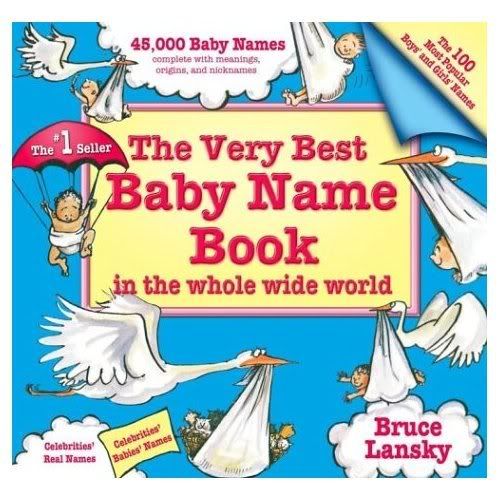
It even has celebrities’ real names, if you’re looking for a way to procrastinate ;)
Another neat place (if you don’t look at the subject headings) is your spam folder. There are some cool names there.
And there are a ton of websites, some easier to maneuver than others.
How do you choose your character names?
The Beta Guy
"Wait a minute. Nice boys don't kiss like that."
Bridget to Mark Darcy in the film Bridget Jones's Diary

Nice boys--the typical beta heroes in romance novels--are capable of some wonderfully unexpected moments. They're the men who are overlooked until they're needed, the men who avoid confrontation and are content to stay in the background until it's their moment to shine. And when they do shine, they can do it brilliantly.

A beta guy is responsible, dependable, practical, adaptable. He may not get all the attention, but he gets the job done. He'll offer the heroine a shoulder to cry on, and he'll entertain her kids at a birthday party. Superromance author Karina Bliss calls the beta hero "an alpha who has evolved."

Betas exhibit their leadership skills in subtle ways. They set excellent examples rather than enforcing their will; they prefer to negotiate rather then fight. They choose their battles carefully and then try to win them with reason. They can be just as stubborn and protective as alphas--they simply choose different ways of dealing with circumstances.

A few years ago I listened to an editor tell an audience of aspiring authors that she preferred stories with alpha heroes. And then a few minutes later she listed film examples of the types of stories she was looking for: romances like
While You Were Sleeping and
French Kiss, with nary an alpha in the bunch.

If a writer is crafting romantic comedy, a beta hero is the guy she can count on to roll with the punches and deliver the quips. According to Michelle Bardsley, "the beta hero will laugh at himself and the situation and the alpha hero won't...the reader laughs WITH the beta hero and AT the alpha hero." On the other hand, a beta hero may use his humor like a shield to deflect discussion, distancing himself from the heroine, tossing off a joke instead of revealing his feelings. He can be hard to pin down, since he's adept at wiggling out of an unpleasant situation.

I love betas, in spite of their flaws. I love living with them, and I love writing them. I prefer nice men in real life, and I appreciate nice men in the books I read, too. I love their subtle layers and their surprising strengths--they're seldom the typical open book.
Who are some of your favorite film or fiction beta heroes? Have you ever tried writing one? What do you think are some of the rewards or drawbacks of creating a convincing beta hero?
Personalizing Characters
Personalizing characters is one of the best ways to make our characters real and three-dimensional. It can also be fun. Personal experience is one of the best ways to develop our characters. A fiction writer doesn't want to write an autobiography or even a biography, but a mountain of resources for a writer's characters is available at home, at work, at a social occasion or any place you can watch people. Our power of observation can be a great tool in getting character ideas.
The people around us can serve as the example for our characters' personalities, what they wear, or even what they say. For instance, in my first book,
THE HEART'S HOMECOMING, my heroine says to the hero when he turns to a country music station on the radio in her car, "My car doesn't do country." I took that quote from something my husband said to one of our daughters. I just stored that quote away, and when the right time came, I used it. In that same book, I took my mother-in-law's habit of being very early to appointments and gave that personality trait to the heroine's father. I got a laugh when she saw herself in that character.
In my latest book,
FOUR LITTLE BLESSINGS, there are four children. I used memories of my children as they grew up, as well as youngsters of friends and family to create the personalities for the children in the story. My books are populated with a lot of characters because I like to write about family relationships. To create all these characters I pull from experiences I have had as well as the experiences I hear about from others.
People are fascinating, and people watching can trigger all kinds of ideas for characters and characterization. I recently did two things that were great people-watching opportunities. I was a movie extra and spent hours waiting in an airport to shoot a scene. Not only did I observe people coming and going at the airport, but I was able to observe people eager to get themselves on camera and the reactions they had as they had to wait over two hours for the shooting to begin. The second experience came during a summons for jury duty. I was sitting in a room full of people who could give me character ideas. I have to go back at the end of this week, and I intend to take a notebook. I realized there were too many things to remember without writing them down--all the way from the arrogant judge to the people who were tying to get out of serving for one reason or another.
Why were these such great opportunities? People came dressed in everything from shorts to business attire. There were people of every description. And the great thing about being writers is that we don't have to take a person as a whole. We can mix and match descriptions and personalities. We can take physical traits from one person and put it with the personality traits of another to create a unique and wonderful character. We can listen to speech patterns and phrases to give our characters believable dialog. Also we can use mannerisms and the facial expressions that we observe to add depth to our characterization.
Tapping into our own emotions is also another way to make our characters come alive. If our characters are involved in something that makes them happy, you can think about a time you were very happy and draw on the things you felt and how you reacted to that situation. The same goes for something that may have made you cry. The actual events don't have to be the same as the ones our characters are experiencing, but we want to capture the feelings of pain or euphoria and give those to our characters. We want our characters to come across as real people. Using our emotional experiences can make that happen.
If we make good use of our power of observation and use what we learn to create our characters, we should be able to create those three-dimensional characters that the reader will care about--the kind of characters that will keep the reader absorbed in our book.
Using TV and movie characters for inspiration
I have loved reading for as long as I can remember, and a love for writing developed at an early age as well. But along with the written word, I've also always been a fan of visual entertainment in the form of TV programs and movies as well. I LOVE going to the movie theater and watching a story unfold on the big screen while I munch away on the nachos I don't really need. As I became more serious about writing novels, I found that my viewing habits often inspired my writing. Of course I would never copy an idea wholesale, but something as simple as a character trait or a wide shot of a scene can get the creative juices flowing and send your writer's brain off in interesting new directions.
So let's look at several aspects of creating a novel, including the all-important characters, and see how stories from the small and silver screens can help you in the writing process.
1. Plot -- You've all likely heard of high concept. Even though it's discussed at writers' conferences as something to shoot for in our books, the examples used to illustrate it are often movies or TV shows. For example, the movie
10 Things I Hate About You could be described as
The Taming of the Shrew set in a modern American high school. Fellow Noodler Colleen Gleason's Gardella Vampire Chronicles could be described as
Buffy the Vampire Slayer set in Regency England. One of my YA novels was inspired by watching an entire summer of
Buffy and
Supernatural. The novel isn't a copy of either, but elements of each show got my synapses to firing and allowed me to create a totally new concept.
2. Character --
Out of Sight, my novel that is a finalist in the currently under way
American Title contest, was partially inspired by the
X-Men movies. The heroine has a unique ability, one that could be used against her if she falls into the wrong hands and one that she wants to keep hidden. But that ability leads her to a higher calling than she'd ever planned. Another aspect of character that can be inspired by TV or movie viewing is the physical appearance of your characters. I have a fat file folder full of clipped magazine photos of actors and actresses who I can use as the inspiration for characters in my books. In
Out of Sight, I envision my heroine as looking like Michelle Ryan, TV's new Bionic Woman.
3. Setting -- I watched a lot of westerns when I was growing up and still really enjoy them. Not surprising then that my first manuscript was a western, an Oregon Trail story. Even when I started writing contemporary romance, I used some of those wide-open spaces of the American West as backdrops. In fact, my first published YA novel (
Heartbreak River, Spring 2009) are set in the rugged mountains of Colorado.
Do TV shows and movies inspire your writing? If so, how? I'd love to hear your stories.
This Week on the Wet Noodle Posse Blog
This week continues our month-long discussion of character. Monday, February 18th: Trish Milburn/Tricia Mills "Using TV and Movie Characters to Inspire Your Own Characters"Tuesday, February 19th: Merrilee Whren "Personalizing Characters"Wednesday, February 20th: Terry McLaughlin "Beta Heroes"Thursday, February 21st: M.J. Frederick "Naming Characters"Friday, February 22nd: Q&A (Readers ask questions. Noodlers answer.)
May your writing week be productive!
Q and A and Prize Day

You have all been very very good, so, as promised here is a photo of my talking Leonidas doll (excuse me, I mean Talking Leonidas
Action Figure) He is 12 inches high and comes with an extra head, one without the helmet. He says things like, "Spartans, ready your breakfast and eat hearty. For tonight we dine in HELL."

Even better, because you have been good, one of you has been randomly selected to win
Dianna Love's RITA winning Silhouette Intimate Moments,
Worth Every Risk. And so you can read in bed, Dianna is also giving away a reading light.
The winner of
Worth Every Risk and a reading light is........
Terry ODellTerry, email me at
diane@dianegaston.com with your address. Let me hear from you by next Friday, February 22, or I'll have to award the prize to someone else and I don't want to do that.
Next prize is
Jill Monroe's blazing Blaze,
Hitting the Mark. I'll choose that winner on Feb 29, Leap year day!
On to questions!
I missed one from last week. Eden Sharpe asked:
My question: I know GMC and all the other components involved in discovering these characteristics are supposed to help us to get to our character's core, but sometimes it feels that I'm "assigning" these when I should be uncovering them. How do you know when you've hit the authentic GMC? After several lectures and classes, this is still a big snag for me. (My manuscript is unfinished.)Wow. Good question, Eden. I love the concepts of Debra Dixon's GMC and Hauge's Identity and Essence, but I'm not very good at applying them. I think it is for the reason you mention, it can become forced, something made to fit the concept, instead of the concept serving the character development.
I try to imagine people. I think about their past lives and about what they are like now. I try to think about what their vulnerabilities are. I try to imagine them as real people and then I see if the GMC or Identity and Essence concepts can fit, but my applications to the concepts always sound dumb to me. The important thing is for me to remember the people, not the concepts.
Some of my friends need to write several chapters until they get to know their characters. When they reach that point, they apply the concepts and see if they fit. If they don't, then my friends rethink things and tweak .
Noodlers and our noodlettes, lend a hand here. How do you keep your characters real instead of acting out "assigned" characteristics?
What other questions do you noodlettes have? What character concepts give you problems? Are there any leftover questions from this week's blogs?
Today is your day to ask!
Labels: 300, GMC, Hauge, Leonidas, Q and A
Never trust anyone over 200

Or, what do you
do with characters in historicals?
A case history:
This character was raised in benign neglect and wore a dress until he was about five. He was frequently beaten for minor offenses and his closest relationships were probably with servants. At the age of seven, he was sent off to a boarding school where he was made to memorize and parse long sections of the classics, beaten by his teachers, and bullied and possibly sexually assaulted by his peers. He may have risen to be one of the bullies himself.
Several of his siblings died, including his older brother, and he was not to have a career in the Navy, as his family originally intended, but was now the heir to a large and complex estate.
He believes that Britain rules the waves, foreigners, Jews, and Catholics are evil, women are either whores or marriageable, and any sort of sexual activity that does not lead to procreation is shameful. He drinks far too much. He's very quick to take offense and is prepared to fight to the death with anyone who insults his honor. Yikes. He's a psychopath. No, he's the hero of a Regency-set romance, so what I'm saying is that the problem with historical characters is that it's possible to have too much history. But the whole point of writing or reading a historical is that you want some authenticity and to be immersed in another time.
So my first piece of advice is be very, very careful with character questionnaires. You want some history--but not too much. Use what you can, write around the rest. Make him sympathetic to readers, but not anachronistic--he's never going to let the butler or valet address him by his first name, however well they know each other. He's never going to tell people--or even think--he doesn't want to inherit the title or continue the family name.
Now rewrite the biography:
 He was raised in a large loving family (and yes, potty-training was the equivalent of house-training a puppy and little boys did wear dresses. All quite normal, as was physical punishment). He survived the horrible conditions of boarding school.
He was raised in a large loving family (and yes, potty-training was the equivalent of house-training a puppy and little boys did wear dresses. All quite normal, as was physical punishment). He survived the horrible conditions of boarding school.
Because he loves his family, and grieved for the loss of elder brother and other siblings, he knows he must do his duty as the heir to the estate. He reluctantly gives up his dream of becoming a great naval hero. He treats his tenants, some of whom have known him since he was a child, with kindness and respect.
He meets a woman who teaches him what's what and how to do it, and how to avoid unwanted pregnancies. Even better, she might be foreign, Jewish or Catholic. They part on friendly terms.
He still believes Britain rules the waves, drinks beer for breakfast, and is prepared to fight to the death with anyone who insults his honor.
How do you approach the blend of history and fantasy? What sort of historical characters do you like? What problems do you encounter when writing them?
And happy Valentine's Day, everyone! Hope you're having a chocolicious and smoochy day.Read an exclusive interview today with Cupid at Risky Regencies, and visit a new blog, Lust In Time, where I'm guest blogging and giving away a book tomorrow (Friday Feb. 15).Labels: historical characters
The Alpha Male
The first time I heard about the alpha male was when I took anthropology in college. I never really thought much about them afterwards...until I became a romance writer. Then you're inundated with the term. Then there's beta male (more about him later this month from Terry) and even zeta male.
For the most part, my own particular perception of the characteristics of an alpha male come from the romance community. In fact, our own Colleen Gleason has written a great article, which you can read
here.
So, since there was a lot of excellent information already out there, I just decided not to do my blog article after all. Done. Now I can go devour an entire package of Thin Mints.
Okay, I'm kidding.
No, I decided to google - get back to anthropology, biology and even a business perspective.
I found some VERY interesting article titles:
Alpha Males or Unintelligent, Big-mouthed Morons?
Balancing Life: Alpha Male, Super Stud
Those two titles summarizes a lot of what I found in my Internet research. That alphas are a bunch of jerks and the flipside, that if you're more alpha you're WAY more successful with women. So, let's talk about biology:

In straight up biology terms - the alpha male (and female) is the individual who everyone else follow and usually defer. Doesn't sound too bad - after all, when you're running away from some large, furry animal - a leader might be a good idea. When some raiding group of knights are storming the castle - a leader that everyone listens to and has the brawn to back it up might be a good idea.
What about the contemporary world? I looked to business - Kate Ludeman Ph.D and Eddie Erlandson M.D., authors of the
Alpha Male Syndrome say alpha males fall into 4 categories:
Commanders - the warrior of old, mobilizes the troops and in the business world - sets the tone and infuses their surroundings with energy. Donald Trump would be an example. Their faults might be that they're not all together detail oriented and may put themselves in positions where they don't hear a lot of critical feedback.
 Visionaries
Visionaries - they inspire others, and see opportunities even when discouraged. Curious and think about the future, these would be people like Michael Dell. However, they may be prone to some problems with attention.
Strategists - analytical, see patterns and problems and are often thought of as brilliant thinkers. Boston Red Sox President Larry Lucchino is given as an example. A strategist may handle data better than people.
Executors - this is the detail-oriented male, tireless who pushes plans forward. Dell's current CEP Kevin B. Rollins is credited as an example, but their fault - can you say micromanager?!
Confident, visionary, an idea man...those four categories don't sound half bad. In fact, 70% of senior executives have the alpha male characteristics.
So...where does the whole alpha male as jerks come from? Sure - the above are great characteristics, but there are also faults.
Confident - over-confident and arrogant.
Visionary - limited vision from others, domineering.
Idea Man - always right. What we're often most attracted to can also be the same things that eventually turn us off from a person.
So how do we make the alpha male work in fiction? Are we writing jerks and allowing them to get away with it? Colleen Gleason's article I mentioned above does a particularly good job of discussing some disturbing trends in the alpha male writing.
There is a whole business movement on coaching the alpha male to work well with others. If our alpha is an alpha male in the beginning, middle and end - doesn't learn a single new thing, appreciate the feminine strengths of our heroine and be able to aim his vision not only forward, but around him - we've created a hero with zero character growth.

I love writing the alpha male. I like a man who's confident, thinks ahead, can start a fire, kill the bug (okay - scoop it up and take it outside). Looking back, almost every male I've written has some tough alpha spirit in him. But I think what I like about them is the big, strong man who also displays a softer side to those he loves.
Here's a question I ask myself every time I sit down to write my synopsis - does my hero deserve his happy ending?
So, let's talk alphas...
Labels: Jill Monroe, writing; character development
Writing Multi-Heroes While Keeping them Heroic
The third book in my
Gardella Vampire Chronicles,
The Bleeding Dusk, has just been released. And I love the fact that readers are really taking sides about which of the two/three men in Victoria Gardella's life that they want her to end up with.
I take it as a compliment that there are people firmly on Team Max, and just as firmly stationed with pom-poms on the Team Sebastian side too. That must mean that both guys are hero material--'cause we all know that romance readers read for the heroes. Right?
So I thought it would be fun to write a little about how I've gone about creating two--really, three--distinct hero characters for my Regency-era vampire hunter, Victoria.
In a way, writing a parnormal series made it a little easier to create three different men. It allowed me to give each of them a different background.
One of them was a member of the peerage, and would have been a fine, very fine, hero in any other Regency-era novel. He was handsome, polite, had a history with our heroine, but was, in no way, a "lesser" man, or a boyfriend--or, worse, a villain--as often happens in romances when the heroine has more than one guy to choose from. Rockley is definitely hero material, and he acts like a hero.
Then there's Max, who's also a vampire hunter and who thinks Victoria, who's just learned of her own calling as a slayer, is nothing but a frivolous young girl who has no idea what she's getting into. And, really, he's not too far off--at least at the beginning. So he acts accordingly toward her: disdainful, arrogant, and critical. A friend of mine says that Victoria brings out the third-grade boy in Max. LOL.
And then there's Sebastian. He's a mystery all his own, and we don't know who he is, or where his loyalties lie. But we do know that he would love to get his hands down Victoria's gown, or worse. ;-) And he also has a self-deprecating attitude--borne out by his own secrets.
So as I began to place these men through out the book(s), I had to think about several things for each one:
- What he wants (or doesn't want) from Victoria
- How he would speak toward her
- How he would act toward her
- What is his secret (if any)
And as I wrote each scene, I made sure that Max always spoke shortly and grimly and sharply. I made certain that Sebastian turned everything into a double entendre, or an attempt (subtle or overt) at seduction. And I had Rockley speak politely as a man would, neither short and sharp, nor flirtatious and bold.
Even now, I test myself--and my characters. When I write a scene with one of the men, I stop and sit back and think how a different one would react or speak. What would Max say? How would Sebastian turn this into a flirtatious conversation? What is driving him?
A fun thing I do for myself is sometimes end a chapter with one of the men speaking--without the reader knowing which one. Or I even have their first appearance in a scene be them arriving unexpectedly and speaking to Victoria...but not telling the reader who they are for several paragraphs.
It's a little game I play with myself and my readers--and my critique partners are the ones who get to play it first. They tell me if they can tell who it is by what he says and how he says it. And if they can tell, just by his speech, then I know I'm doing my job and staying true to character.

Here's an example from
When Twilight Burns, coming in August:
Victoria came awake sharply.
She didn’t move, kept her breathing easy and regular, and slitted her eyes a crack. Someone or something was in the bedchamber with her.
The room was all shapes and shades of dark gray, any detail that might be discernable in the pre-dawn light distorted by her narrow view. She’d have to turn her head….
“Good God. You might as well open your eyes, Victoria. A gnat could do a better job feigning sleep than you.”
And here's another example:
“Where’s Verbena?” Victoria demanded. She didn’t attempt to turn toward him.
“Sleeping quite soundly, I believe,” he said. “A comely girl, but repose is definitely not her most attractive state. Her snores are like to rattle the windows from their frames, and would be fairly off-putting to a gentleman who might wish to…er…lie…with her…though I’d venture to say that the poor beleaguered Oliver would seize the opportunity if offered.
So, I won't tell you who's who...but feel free to guess or comment in the...er...comments. Or ask questions. Or share your own feelings about multi-heroes.
Labels: character development, Colleen Gleason, the Gardella Vampire Chronicles
Esri Rose has a new blog

You know, I could talk about the fascinating links I'm putting in
my new blog, or the real reason for
my new blog (getting people to love me/ buy my book), but one thing and one thing only can compel you to visit
the new blog.
The new blog has
pictures of my cat, Musette.
Labels: Esri Rose
Michael Hauge's Concepts of Identity and Essence


Last Fall I had the good fortune to attend an all day Washington Romance Writers workshop featuring Michael Hauge, screenplay consultant, lecturer, and author of the acclaimed book,
Writing Screenplays that Sell. From his years in Hollywood, Hauge has developed an understanding of the kind of story structure that results in successful screenplays. The good news is, his ideas are very helpful in writing romance.
(Note: I'll be using ‘hero’ in a generic sense, not a romance writing sense and I'll adopt the old convention of using ‘he' instead of the cumbersome 'he/she')Hauge’s concepts about Character are very integrated into his ideas about Plot. No matter what the external plot, the hero must have an inner journey of transformation, one which Hauge conceptualizes as a journey from Identity to Essence.

For this journey the hero must have not only a visible goal, but also a deeply held desire, an unfulfilled longing that he is too frightened to pursue.
What prevents the hero from fulfilling this deeply held desire is a wound from the past, an unhealed source of internal pain, a pain so strong he fears its reoccurance. From his wound, and his fears of repeating it, the hero develops a belief about himself. This belief about himself is what Hauge calls the hero's
Identity.
Identity is “the persona the hero develops to protect himself from the pain of re-experiencing his wound.” It is his “emotional armor,” what keeps him from again facing that early pain. It becomes, as Hauge says, who the hero thinks he is.

Hauge gives a great fill-in-the-blank sentence to help us figure out our hero’s Identity.
How would your character respond to this question?
“I would do whatever it takes to achieve my goal. Just don’t ask me to _____, because that is just not me.”Whatever belongs in that blank is, of course, what your character must do in the story.
In order to reach his inner goal, the hero must give up living in his identity, face his pain, and become the person he has the potential to be. Hauge calls the person-he-has-the-potential-to-be the hero’s
Essence.
Essence is who the hero really is on the inside, who he has the potential to be if he gives up his identity.
 Inner conflict
Inner conflict, Hauge says, is the “tug of war between Identity and Essence.”
So this is the battle we want to convey in our stories, showing glimpses of the hero’s essence, his fears, his wound, and his deeply held desire.
The only way the hero can achieve his deeply held desire is to “move out of his identity and into his essence” This is the hero’s transformation, his journey.
Try figuring out your characters using Hauge’s concepts. What is your character’s deeply held desire? What is his Wound? His Identity (use the fill-in the blank question)? His Essence?
Can you see his Inner Conflict? Do you get ideas about Plot?
♥♥♥♥♥♥♥♥♥♥♥♥♥♥♥♥♥♥♥♥♥♥♥♥♥♥♥♥♥♥♥♥♥♥♥♥♥♥♥♥♥♥♥♥♥♥♥♥♥♥♥♥This is only a tidbit of what Michael Hauge has to offer. I very enthusiastically recommend you attend one of Michael Hauge’s workshops, purchase one of his DVDs, or buy his book,
Writing Screenplays That Sell, all of which can be found on his
website or at
amazon.com.
♥♥♥♥♥♥♥♥♥♥♥♥♥♥♥♥♥♥♥♥♥♥♥♥♥♥♥♥♥♥♥♥♥♥♥♥♥♥♥♥♥♥♥♥♥♥♥♥♥♥♥♥Stay tuned this week for Colleen Gleason's Differentiating Heroes While Keeping Them Heroic (Tues), Jill Monroe's Alpha Heroes (Weds), Janet Mullany's Historical Characters and Their Problems (Thurs) and Q and A Day (Fri). Feel free to email me your questions for Q and A Day ahead of time
diane@dianegaston.comLabels: Character, Michael Hauge, writing
This Week on the Wet Noodle Posse Blog

We continue our focus on character with the following line up:
Monday, February 11th: Diane Gaston "Michael Hauge's Concepts of Identity and Essence"
Tuesday, February 12th: Colleen Gleason "Differentiating Heroes While Keeping Them Heroic"
Wednesday, February 13th: Jill Monroe "Alpha Heroes"
Thursday, February 14th: Janet Mullaney "Historical Characters and Their Problems"
Friday, February 15th: Q&A (Readers ask questions. Noodlers answer.)
We'd like to wish a productive writing week and a Happy Valentine's Day to our readers!
Labels: character development, heroes, historical characters, writing
Character Q and A Day

Ask away!
Here is your chance to ask the Wet Noodle Posse anything you desire about Character.
We'll start out with me (Diane) trying to answer doglady's (aka O Doggy One) questions from our first day:
(doggy question 1)
Is it better to establish a character up front or is it better to reveal them slowly in layers?(diane answer 1) Yes. hahahahahaha.
Seriously, it is (in my opinion) important to do both, at least for your hero and heroine. In your very first scene with the character, you want to give the reader a strong impression. You want to give enough so that the reader will know whether she is likely to enjoy these characters, whether she is going to fall in love with the hero and 'see herself' in the heroine. If you open with, say, the hero acting dark and dangerous, you have to show at least a hint of him also being heroic--or that there is more to him than this dark and dangerous moment. If you show the heroine, say, acting selfish and self-centered, you want to also show the hint that there is a reason for this.
But you don't want to dump the whole backstory on the reader in Scene One. That's what you filter in.
I think Pris's imagery of 'peeling back the outer layers to get at the juicy parts' is a good analogy here, too. You peel away a little at a time, but don't hold out too long so that the answer to why a character does what he does is only mentioned in the last chapter -- although you could build up to that final surprise....
I'm sure other Noodlers and our lovely commenters have more to say on this issue!
(doggy question 2)
How do you keep the conflict between the hero and heroine going without making either of them look bad?
(diane answer 2) Sigh. Now you have hit upon my exact worry about the book I just turned in (the one I stayed up all night checking the copy edits and can no longer change)--did I make the heroine look bad?
I think the answer to your question, though, lies in Motivation. Can the reader understand
why the hero and heroine are acting the way they do? Have you made something happen in the plot that they are reacting to in understandable ways, and ways that the reader now knows are characteristic of them? (Did I establish the situation between my hero and heroine well enough that the reader
understands why my heroine act the way she does?)
It is hard to avoid the kind of conflict between a hero and heroine that could be resolved with an adult conversation, but that's what we must aspire to do. If heroine can't tell hero X, there has to be a reason for it. If hero does X to heroine, there has to be a reason for it.

I am sure there are other questions out there about character.

It seems to me that this week has focused on ways to make our characters seem real and to act in ways that seem real.
Any more questions about that?
Ask away!!!!
Labels: character development, Conflict
Interviewing Your Characters: Getting Down to the Nitty Gritty
Hey, how’s your day going? My computer at work has been on the fritz, and my day has been hectic, but I’ve finally been able to carve out some time to post my blog. I’ll get to questions this evening, so if you post a comment, don’t think I’m ignoring you if you don’t hear back until tonight.
Enough rambling… Today’s topic: Interviewing Your Characters—Getting Down to the Nitty Gritty.
One of my favorite, and most successful, methods of getting to know my characters is to interview them. Especially if I’ve hit a rough patch in my manuscript, or if I get to a point where I feel my character and I aren’t communicating as well as we should. As we know, communication is the key to a good (or bad) relationship. If you’re not communicating with your characters, how can you tell their story?
Whenever I start to feel out of touch with my characters, there’s one tried and true method that works for me.
Interviewing/Talking with them.
There are two different tactics you can take: the serious, professional interview, complete with notepad and pen or the casual, “two friends” talking approach.
I’ve sat down at the kitchen table, questions jotted down on a notepad, to talk to my hero. It says a lot when I ask a question and he looks away, choosing not to make eye contact with me. There have been times when I’m driving down the road, chatting with my heroine like two friends on a road trip. I’ve also sat next to my hero, watching the waves rush the South Carolina shore as we talk about why we may have hit a wall in his story.
The key word here is “why”.
In order to bring your characters to life for the reader, you have to know your characters to the depths of their soul. A wise friend once told me that we must peel back the layers to get to the juicy part of what makes my hero unique. Talking to my characters (interviewing them) helps me get to the core of what makes them tick.
I’ll ask questions like:
Why is my hero behaving in a certain way? What are his dreams? Why are those dreams so important to him? Why does he like/dislike a certain person, or job, color, or food, etc. Why is he balking at the task I’ve placed before him? Why does he get so frustrated when the heroine does something?
I may pop open a soda, envisioning my heroine doing the same. Is it a diet soda? If yes, is she watching her weight? Is she diabetic? If it’s a beer, that may say something completely different about her. And I’d consider what that may be.
As funny as this may sound… yes, the first time I tried this while driving to the grocery store, I admit that I felt a little weird talking to an empty passenger seat… it works. Well, it works for me.
My characters are people. Living breathing people. At least, in my eyes and heart they are. And hopefully for my readers, too.
So, sit down and have drink with your characters tonight. Imagine your heroine sitting on your kitchen stool while you wash your dishes. Bummer that she can’t wash them for you, huh? Invite your hero for a walk around your neighborhood, or for a chat by the fire.
You’ll be surprised how easy the conversation will come to you. And by how much your character will wind up sharing. Let me know how it goes. I’ll check back to see your results.
Character Acting out of Character Is Just Wrong
By Dianna Love (aka Rita Award-winner Dianna Love Snell

Consider a forty-five-year-old widow who had been a stay-at-home mom for the past 22 years, baking cookies for her school and volunteering for charity work. Her two sons are grown and have moved away. Add to the mix that she’s five-foot-six-inches and average weight and favorite past time is tending her roses

Would you expect a story to open with her dodging bullets in a gunfight? And doing a pretty awesome job of handling an AK-47? No?
Then you just stereotyped that woman in your mind. We all do it at any given time no matter how open minded we are.
It’s natural to make assumptions based on appearances and general information.
So was this woman “acting out of character?”
Not if the situation has been properly set up and the character has true motivation for her actions.This gives us a couple things to think about. First – the character
must stay in character. So if this woman has never handled a gun in her life, she is way out of character on two accounts – she’s shooting a weapon and with professional expertise.
But what if this woman had a life no one really knew about before she met and married her husband? What if she’d been in undercover work and had a traumatic situation that caused her to “disappear” from that world permanently – or so she’d thought? She goes on to become the consummate mother and wife, but not a meek one. Notice I never said she was meek, just gave her “exterior” description. Someone has found her and wants her dead, casting her in a dangerous situation she is actually trained to handle.
Something sent her on this path in life.To say she just woke up one day and decided to be a special ops agent is flimsy. So first figure out who your character is then look at the interesting ways you can use her abilities.
 When creating a character, dig deeper
When creating a character, dig deeper than just how difficult her childhood was and why she has a chip on her shoulder. Find out what it was in her personality that became a “core belief.” Does she like people to stop by unexpectedly because her parents had an open home filled with family and visitors or is she wary of anyone who shows up unexpectedly because she never knew what kind of person would come looking for her criminal father?
I joke sometimes that I
“take my characters out with me” when I leave the house. But it’s actually true. When you’re grocery shopping, ask what your character would buy that’s different from your tastes…and why? When you run into a strange person who either amuses or angers you, ask how your character would react to the same person.
When you plan a trip, ask if your character would be anal about every detail, prefer no schedule or a mix of both ways. The next time someone comes to your door soliciting, ask if your character would turn down the offer outright or decide to purchase. If she did purchase, what made the decision for her? What if the sales person had been a different gender or age?
The more you ask, the deeper you’ll go, the better the character. Ask the same question time and again until you hit on something that feels real. And if you plan to put this person in two conflicting environments, make sure this person will react the same regardless of the situation.
Keeping a character in character means consistent reactions.
Now go shopping and find something fun for your character.
Have you watched a character in a movie or television show act out of character? What character and why did it seem that this character was acting in contradiction to his/her role?[First published in Arts & Expressions Magazine in 2006]

RITA Award-winner Dianna Love Snell is now writing as Dianna Love. She writes both contemporary and paranormal romantic suspense. Her next book –
PHANTOM IN THE NIGHT – is a romantic suspense collaboration with NYT best seller
Sherrilyn Kenyon being released June 10, 2008
For more on Dianna please visit
http://www.authordiannalove.com/ and
http://www.breakintofiction.com/
Character Development Via Pet Peeve
Charts and graphs and lists of questions are great ways to develop your characters, and later in the week, Priscilla Kissinger will share some fantastic interview questions with you. But today, I want to demonstrate how you can use people, places, or things that irritate you to add dimension to the characters who populate your stories.
One piece of writing advice that has stuck with me is that a part of you has to come through on the page. I took that “write what you know” suggestion to heart when it came to developing characters, and the greatest compliment I continue to receive with my published short stories is that the characters seem real. I believe they feel realistic to readers because I shade them with things that irritate me, my pet peeves, if you will. Adding irksome characteristics to your secondary characters, heroes, or villains can not only enliven your prose, it can provide a lot of humor, and, as an added bonus, work these irritations out of your system.
People
Think about how a family member or friend annoys you. Maybe one of your friends speaks in clichéd catch phrases (examples: “the whole nine yards,” “I’m done”). Or perhaps, your mother, like mine, tells you to wear lipstick—frequently. My mother’s top three reasons? I look pale without it, lipgloss doesn’t equal lipstick, and a lady should never go out in public without a little slick of Wild Irish Rose on her mouth and a pat of powder on her nose. My mother (I do love her, just wanted to make that clear) also, on occasion, when she comes to visit, has the habit of replacing items in my house that she doesn’t like—without asking. These things have included kitchen placemats, bedroom pillows, and once, and I swear this is true, the toilet seat in one of my bathrooms. So I took these traits that irked me, beefed them up a bit, and added a few other behaviors that my mother doesn’t have to create Aunt Fanny, a character in “A Very Mossy Christmas.” http://www.bellebooks.com/MossyCreekChristmas.html Another one of my mother’s traits that grated on my nerves a while back (before she got on the exercise wagon and the Weight Watchers program) was that she addressed her high cholesterol problem by taking medication and continuing to eat whatever she wanted. I gave that little trait to one of the Quinlan sisters in “Resolutionary War” in A Day in Mossy Creek. Both Fanny and Spiva were secondary characters, and my heroines were irritated by these behaviors. One caveat, do get permission from the family member or friend first and explain that you are creating an amalgam. Ensure that the character you’re imbuing is different in many, many other ways.
Places
I have not as yet used a place, but I have been gathering material for future use. One place that continues to irritate me is the grocery store. I like to have food in my house, but I hate to spend the time shopping for it. I despise long lines at the check out, and I loathe bagging my own groceries because the manager hasn’t figured out what time of the day is busiest. Another place that irritates me is a restaurant that won’t take reservations. I could go on, but I think you get the picture. Put a character in these sorts of irritating situations and your reader will think "me, too."
Things
Items that irritate can be car keys or glasses that you can’t find when you need to leave the house, computers that freeze up, and Christmas lights. Yes, Christmas lights. I fully admit to having issues with icicle lights that dangle year round. I lent that peeve to my heroine Patty Campbell in “Blinded by the Lights”in A Day in Mossy Creek. Phobias can also provide great opportunities for character development. Take for example the television show Monk. The hero Monk is a former police detective struggling with his obsessive compulsive disorder and germ phobia; his idiosyncracies make him funny and a great detective. I took advantage of my own fear of clowns or coulrophobia and gave it to my heroine Julie Honeycut in “Be Mime” http://www.bellebooks.com/BeMime.html
What are your pet peeves? How can you use them to your advantage in developing your characters?
Labels: pet peeves, writing; character development
 Goodbye to February and to the first Wet Noodle Posse Character month. Today is Q and A day, the day you can ask those left over nagging questions about Character.
Goodbye to February and to the first Wet Noodle Posse Character month. Today is Q and A day, the day you can ask those left over nagging questions about Character. Today's prize is Jill Monroe's Blaze, Hitting the Mark
Today's prize is Jill Monroe's Blaze, Hitting the Mark Whoo hoo, gillian! Just send your contact information to me at diane@dianegaston.com and I'll pass it on to Jill.
Whoo hoo, gillian! Just send your contact information to me at diane@dianegaston.com and I'll pass it on to Jill.



































